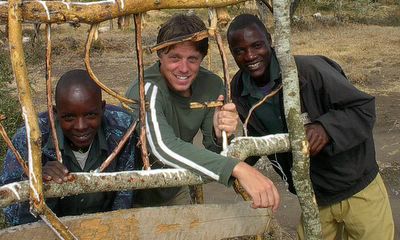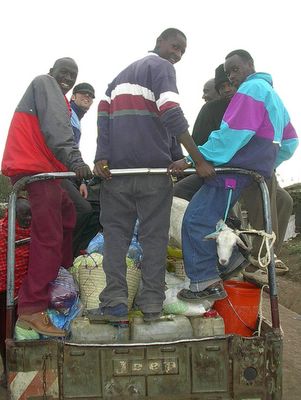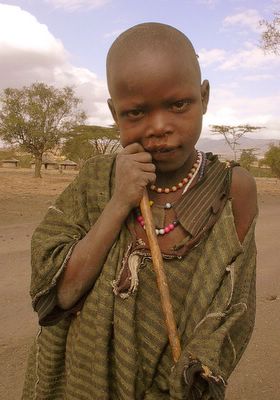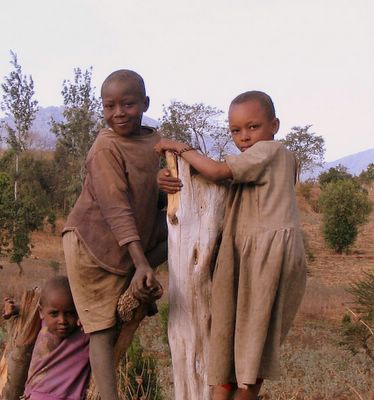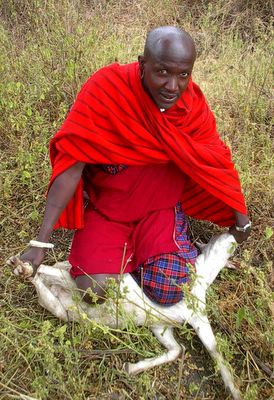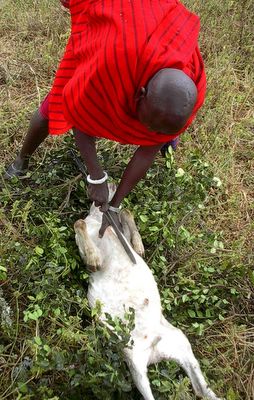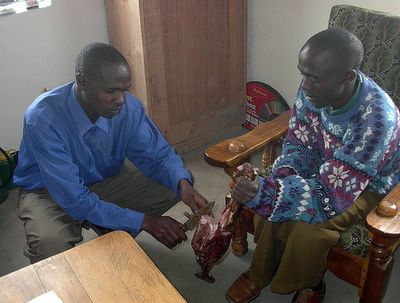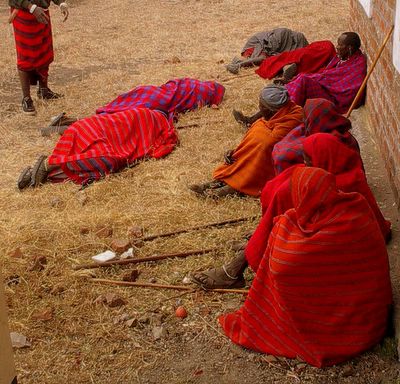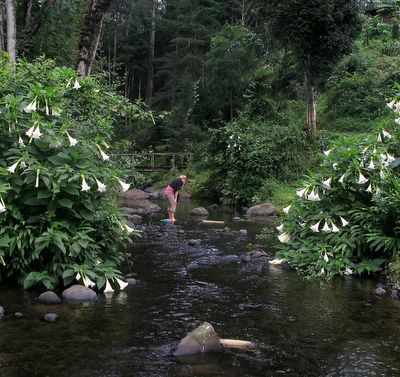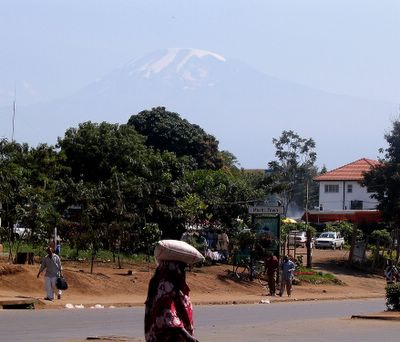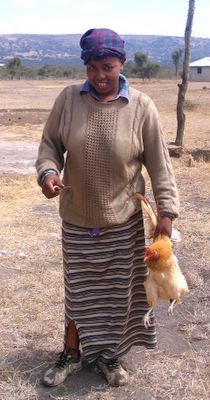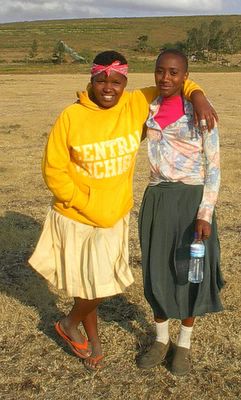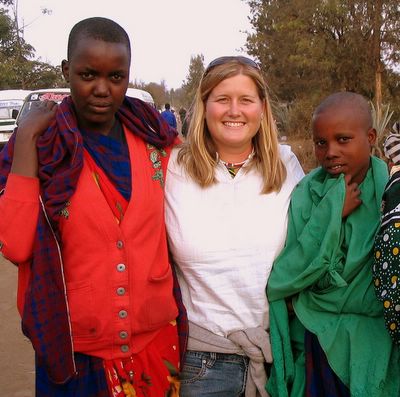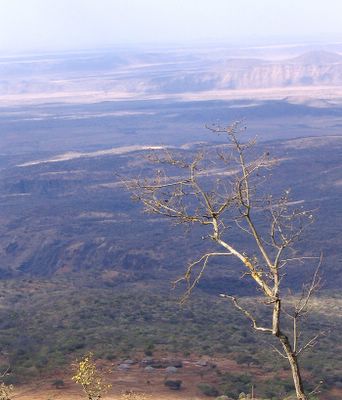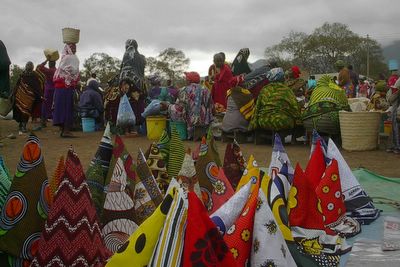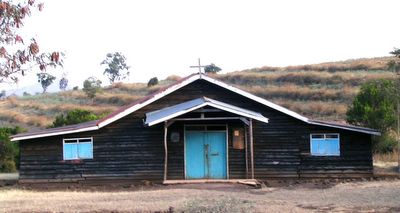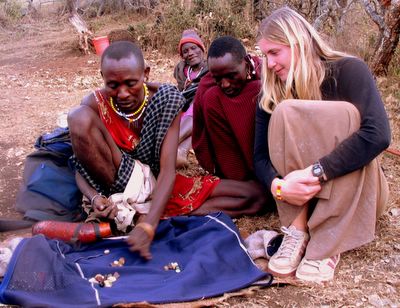Monday, September 26, 2005
WARNING! Some of the pictures below may not be suitable for vegetarians, goat lovers, or people with weak stomaches for carnage. You've been warned!
Maasai warriors. The warrior on the left has his hair braided long with extentions. Only warriors are allowed to grow out there hair to show their status. The warrior on the right is holding a staff with a tuft of hair from the tail of a wildebeest at the top. Usually, if there is a party at a boma, the father of the boma carries a shorter wand like this one to show it is his home.
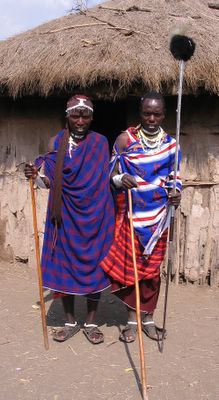

Thursday, September 22, 2005
In "Eunoto," a Maasai ceremony that happens about once every 14 years, every male of warrior age has his head shaved (and sometimes the eyebrows) to symbolize equality of all the warriors as one age set. Since circumcisions happen over a 7-year period, senior and junior warrior classes are created between the older and younger warriors. After this day, all warriors are considered of equal status, but younger warriors are still to respect their elder warriors.


A buffalo track compared to a human handprint. Buffalo are considered to be the most dangerous wild animal in Northern Tanzania. They are responsible for many human deaths each year. If you see one, locals instruct you to take off your backpack and lay stomach-down on the ground to avoid being gorded to death by the animal's powerful horns. (We are sure that the animal knows not to step on you while lying on the ground underneath it...)


